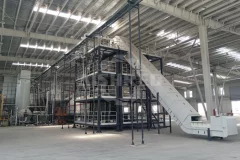
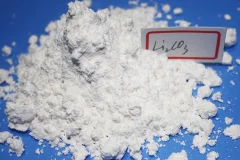
With the advancement of technologies such as electric vehicles and battery energy storage, the lithium-ion battery market is experiencing rapid growth. Given the increasing demand for cobalt and lithium in the production of these batteries, their prices are rising. Recycling materials from retired batteries is more environmentally friendly and cost-effective than mining them from natural resources. Lithium Carbonate: a Recycled Product from Lthium-ion BatteriesThe Necessity of Shredding Lithium-Ion BatteriesAlthough the methods for recycling lithium-ion batteries vary, pre-shredding the batteries is a crucial step. Shredding facilitates the separation of different battery components, such as the casing, anode, and cathode materials, thereby simplifying further processing.Challenges of Traditional Shredding SystemsHowever, most lithium-ion batteries pose a significant safety risk during the shredding process as the anode and cathode materials can discharge upon contact, leading to high temperatures and
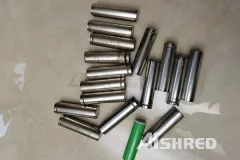
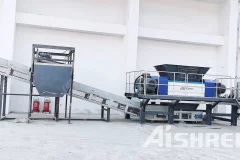
As the demand for portable electronic devices and renewable energy sources increases, so does the usage of batteries, particularly lithium-ion batteries. However, the proper disposal and recycling of batteries pose significant environmental and safety challenges. The integration of a battery crushing system with a double shaft crusher offers an innovative and efficient solution for the recycling and resource recovery of batteries. In this article, we will delve into the features, benefits, and applications of a battery crushing system with a double shaft crusher.Types of Battery Crushing System with Double Shaft CrusherLine-typeThe line-type battery crushing system usually consists of a feeding device, a twin-shaft crusher, and a discharging device. The production line is simple, the operation is convenient, the investment is relatively low, and it is suitable for the crushing of discharged batteries. Tower-typeThe tower-type battery crushing system is generally composed of hoist, conveying equipment, double
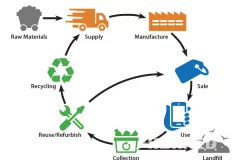
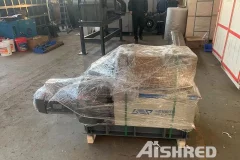
Lithium Ion Battery Recycling Shredder
2023-07-27Nowadays, lithium battery recycling has become a business that not only reduces environmental pollution but also brings substantial profits. These lithium batteries contain numerous precious metals, and recycling them not only helps in reducing environmental pollution but also creates significant economic value. With the continuous advancement of technology, more and more organizations are starting or preparing to extract precious metals like lithium and cobalt from discarded batteries. AIShred industrial shredders play a crucial role in the lithium battery recycling industry. Widely employed in laboratories and factories, these industrial shredders have assisted researchers and entrepreneurs in achieving tremendous success in the field of lithium battery recycling. In 2021, we supplied a laboratory in Australia with a small twin-shaft shredder designed for shredding lithium batteries. This shredder is equipped with a 7.5KW motor and features a shredding cavity of 320mm*300mm. Since its installation, the
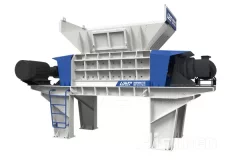
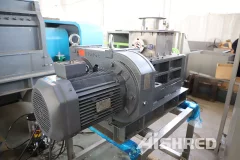
The goal of electric vehicles is to reduce greenhouse gas emissions and efforts are focused on redeveloping the entire automotive industry. As a result, the demand for lithium-ion batteries has been raised globally. Large quantities of cobalt, lithium, manganese and nickel are required, and when mined, energy-intensive processes that can harm the environment must be used. It is therefore decisive to develop economically and ecologically appropriate recycling strategies. It is always necessary to find the best recycling method according to the waste class. The recovery of all high-quality components, a small energy requirement, the avoidance of CO2 emissions and efficient process steps are the elements that need to be taken into account when recycling lithium-ion batteries. Lithium-ion batteries contain two electrodes which are glued to the active material. In addition to valuable elements such as nickel, manganese, cobalt and lithium, graphite is also an important part of the active material. In recycling
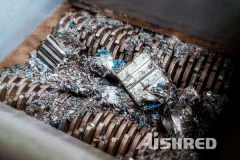
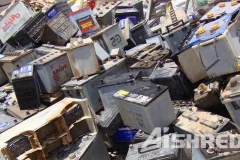
Battery Recycling Shredding Machine for Sale
2022-04-21Batteries are currently the main electrical energy storage devices, consisting of packaging materials, electrolytes, anode and cathode materials. Batteries are widely used and there are many types, from the current popular Tesla cars to various electronic products, batteries are used everywhere. Because of this, waste batteries are eroding our environment, and many countries have begun to pay attention to the recycling of waste batteries. At present, the commonly used types of batteries include lead-acid batteries, nickel-cadmium batteries, nickel-hydrogen batteries, lithium-ion batteries, zinc-manganese batteries, alkaline manganese batteries, lithium batteries, etc. Recycling them can not only obtain common plastics, iron, but also precious metals such as lead, lithium battery, cobalt, nickel, cadmium and mercury are obtained. The battery recycling process includes two steps: shredding and sorting.Waste Battery ShreddingWaste batteries pass through a conveyor belt or a grabber into a device called a



